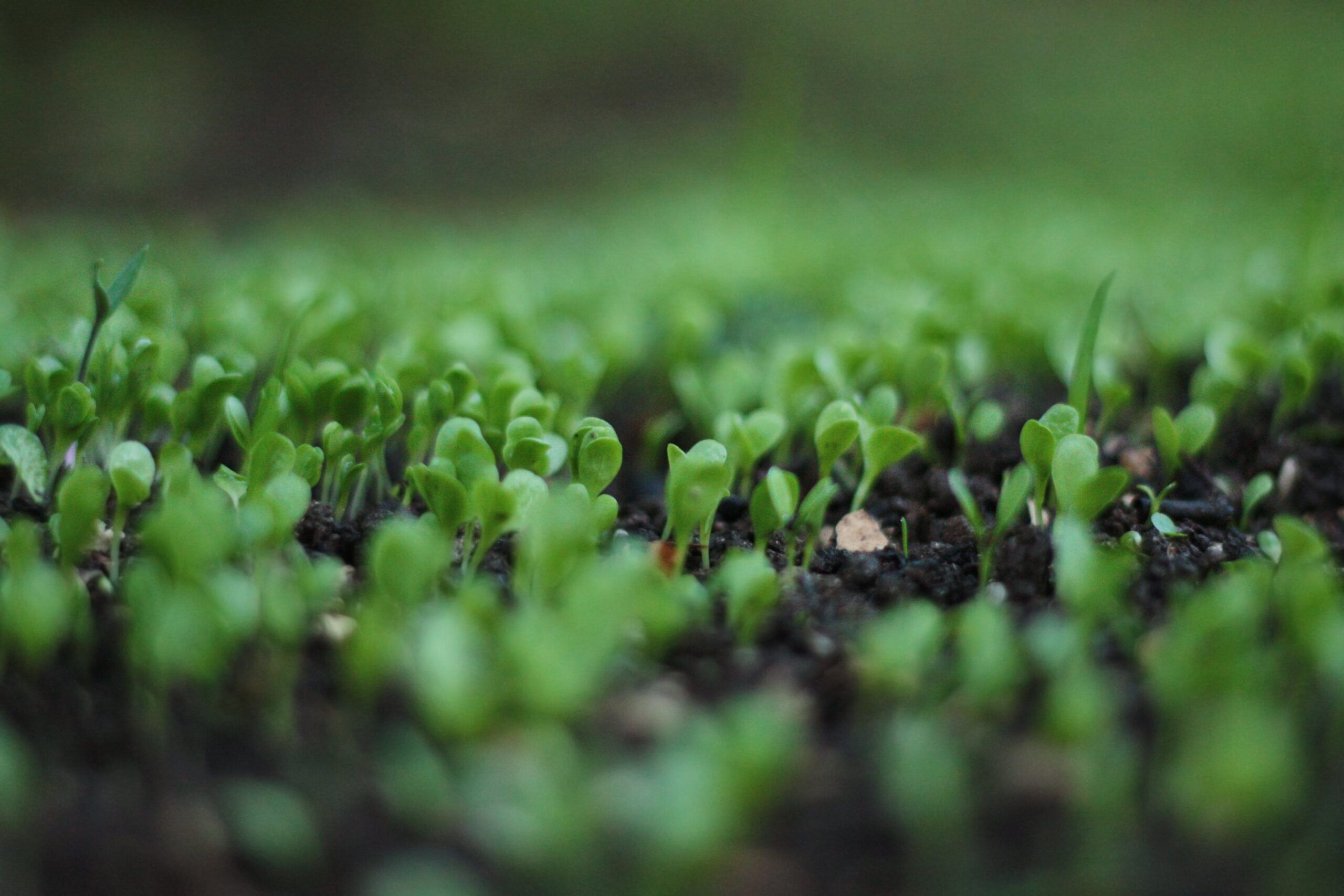How to plan a successful crop rotation
What are the benefits to a good crop rotation?
Different crops are vulnerable to different diseases and pests, so by rotating what crops are grown in a specific location, you can limit the propagation of diseases and pests that are associated with a specific crop. Some crops are especially vulnerable to problematic diseases, like clubroot in OSR, which can make it impossible to grow brassica species on the same fields for years to come. By rotating between not only different crop species but also different plant families, you can mitigate the propagation of such diseases.
Another benefit is that a well-planned crop rotation can utilize the input of nutrients better. Each crop takes up a specific composition of nutrients and some crops take up more of certain nutrients than others, such as OSR which takes up more sulfur than other crops. This means that rotating between different crops with different nutritional needs will get the most out of the nutrient input.
Choosing crops with different roots structures and depths makes it possible to utilize more of the nutrients in the soil. The best way to do this is to choose a crop with shallow roots first followed by a crop with deeper roots to take up any nutrients that have percolated deeper into the soil. Varying between crops with taproots and fibrous roots accesses more of the area in the root column which makes sure less of the nutrient input is wasted.
The key to a good crop rotation is planning.
For many farmers, planning the crop rotation is an afterthought but to get the optimal benefits out of your cover crop, it needs to be planned well in advance. Spending the needed time to plan it for a number of years will pay off in the future. Planning a great precrop can result in a better cash crop.
These are the ground rules to keep in mind when planning your crop rotation:
- The more varied the better. Rotate between different species but also different plant families.
- Remember to include your cover crops in your crop rotation. Plan the crops in a way that ensures plant cover year-round. If you harvest early, be ready to establish an early cover crop.
- Choose crops with different root types. Shallow roots first, deep roots after.
- Select crops that have different nutrient requirements and use it to your benefit. Use N-fixing crops before crops that have a high N demand.
- Switch between spring sown crops and fall sown crops to get rid of different types of weeds.
- Spend time planning and think long-term. Plan your crop rotation for a period of five years instead of one year at a time.
If you need assistance with planning your crop rotation, our plant advisors at Agroganic are ready to help! We have decades of experience with regenerative agriculture and can help you plan the crop rotation that will be most beneficial to your agribusiness. Contact us today to learn more about what we can do for you.

